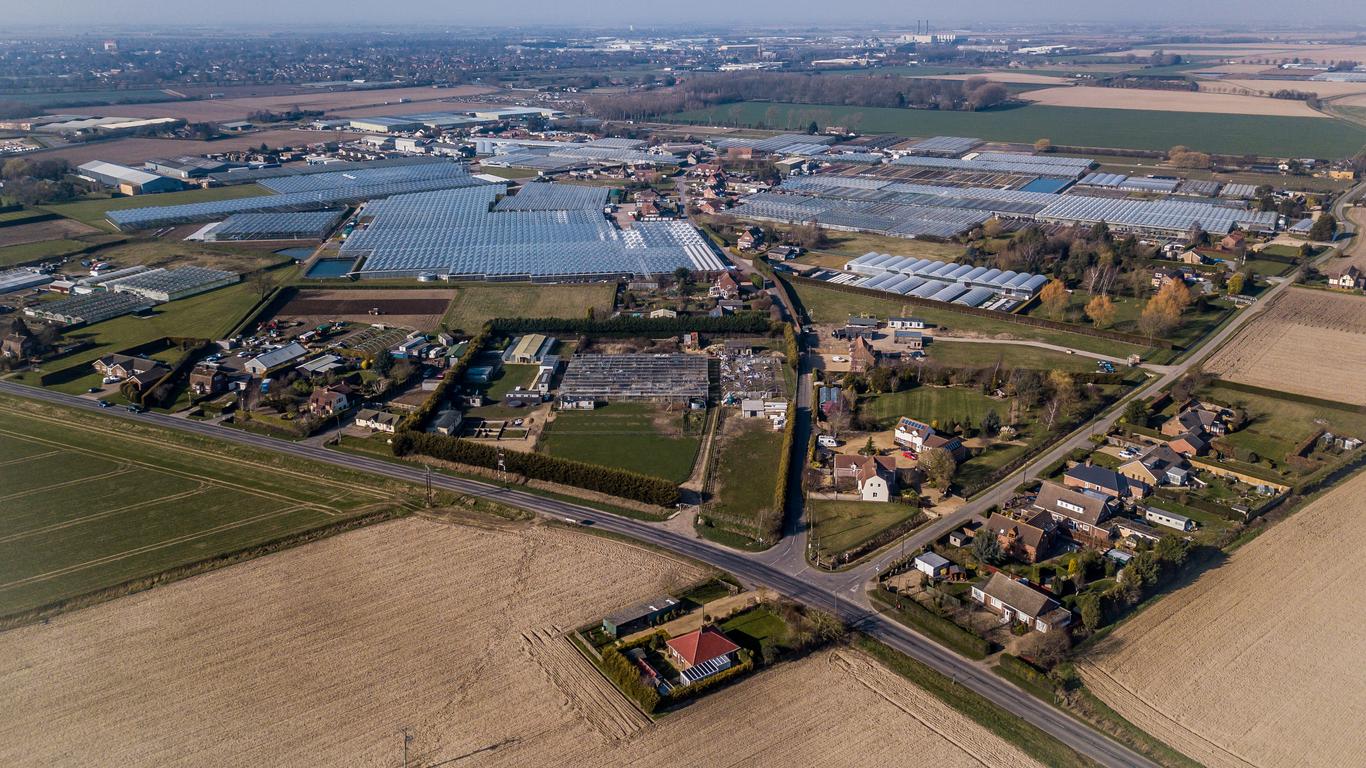Set on the banks of the River Welland, Spalding is a historic market town in Lincolnshire. It’s surrounded by low-lying fens that have been reclaimed as farmland and are divided by drainage channels. During spring, Spalding is renowned for its colourful displays of tulips.
Things to do in Spalding
One of Spalding’s most impressive buildings is Ayscoughfee Hall, which was built in the 15th century by wool merchant Richard Aldwyn. In 1845, it was remodelled in a Tudor Revival style, although many medieval elements are still visible today. Stroll through the formal gardens planted with topiaried yews and boxwood hedges, then pay your respects at the Grade I-listed war memorial, the Ornamental Lake.
Occupying a former pump station is the Pinchbeck Engine Museum, which was built in 1833 to drain the surrounding fens. Today, this rotative beam engine has been restored and is now operated with the help of an electric motor. At the Chain Bridge Forge, you’ll find exhibits detailing Spalding’s traditional trades and can watch the resident blacksmith at work.
A short drive east of Spalding is the Moulton Windmill, which rises to 30 metres in height. Constructed in 1822 to grind wheat for flour and later fitted with a steam engine, it is the tallest tower mill in England. After being restored in the early 2000s, the Moulton Windmill was once again fitted with sails and its stone-milled flour is available for purchase at the on-site store.
Getting around Spalding
Spalding is around 30 minutes’ drive from Peterborough and 1.5 hours from Leicester. Birmingham Airport is two hours away and has flights to destinations across the globe. Regular trains connect to the Spalding railway station and buses travel throughout the town. The centre of Spalding is small enough to explore on foot.





